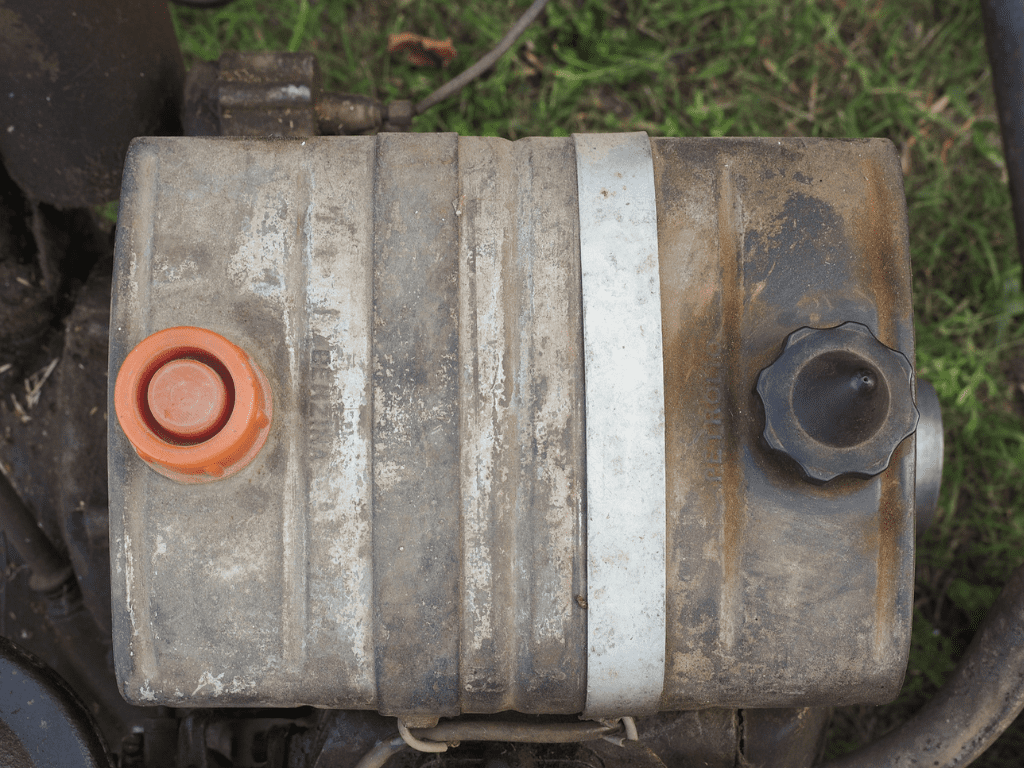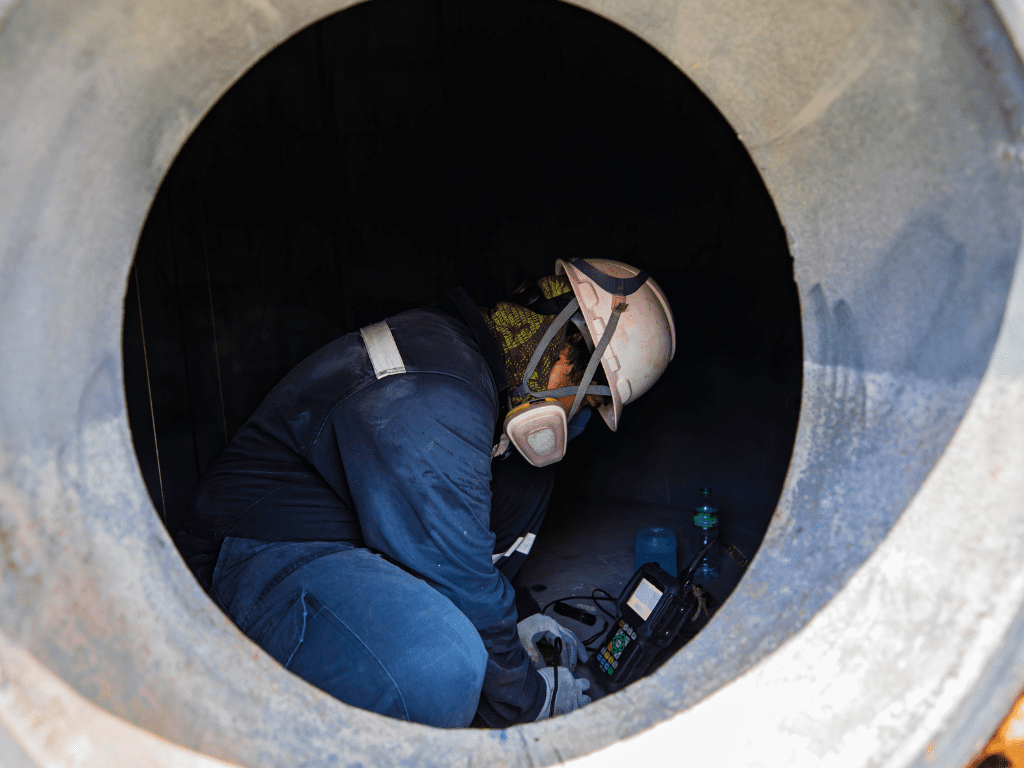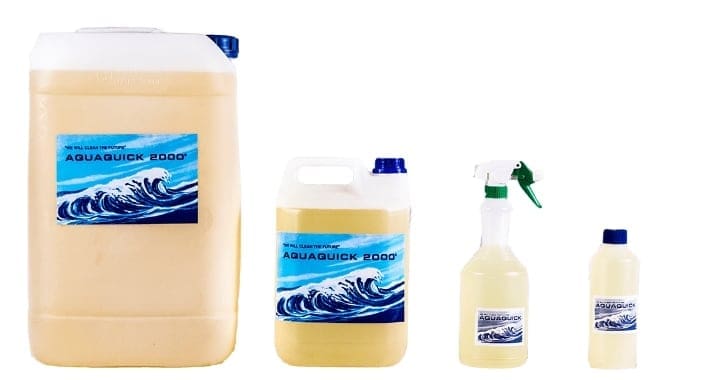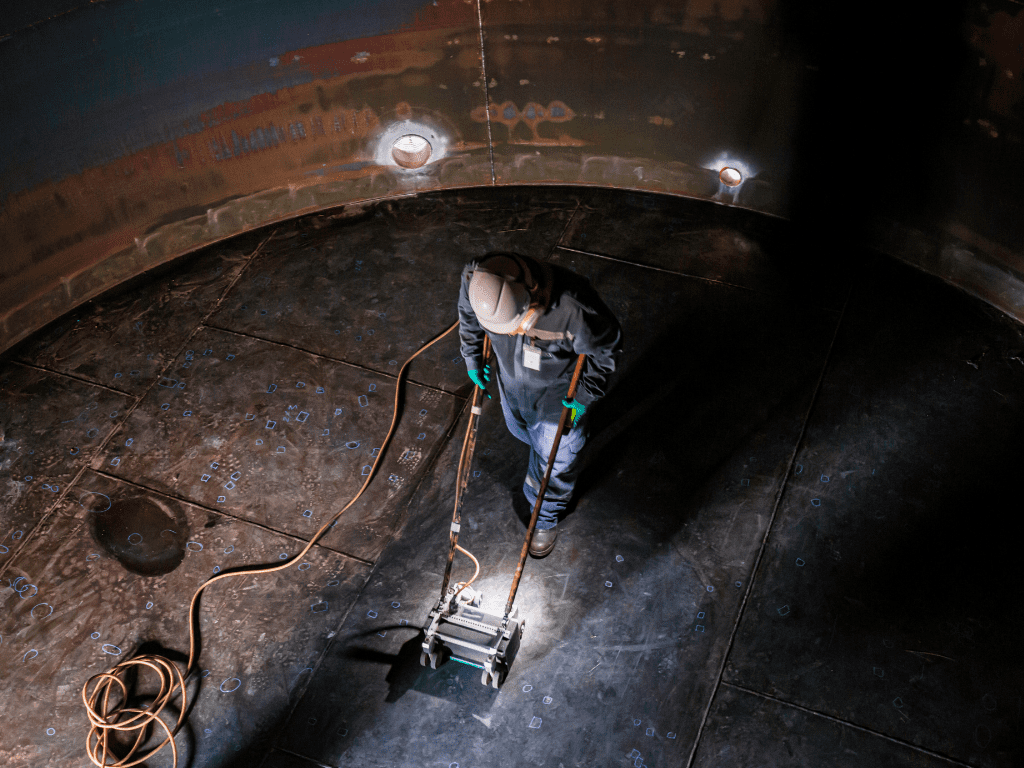Degalų bakai, ypač metaliniai, laikui bėgant dėl drėgmės ir oro poveikio linkę rūdyti. Rūdys ne tik pažeidžia degalų bako vientisumą, bet ir gali užkimšti degalų vamzdynus, sugadinti variklį ir sumažinti bendrą automobilio efektyvumą. Jei pastebėjote rūdis degalų bake, jį būtina išvalyti, kad išvengtumėte tolesnės žalos. Šiame vadove supažindinsime jus su veiksmingu rūdžių iš degalų bako valymo procesu, užtikrinančiu, kad jūsų transporto priemonė sklandžiai veiks ilgus metus.
Kuro bako rūdžių supratimas
Prieš pradedant valyti degalų bakus nuo rūdžių, labai svarbu suprasti, kaip susidaro rūdys ir kokią riziką jos kelia. Rūdys, arba geležies oksidas, yra natūrali reakcija, kai metalinius paviršius veikia drėgmė ir deguonis. Degalų bakuose dėl kondensacijos gali kauptis vanduo, kuris savo ruožtu sukelia rūdis.
Kodėl svarbu išvalyti degalų bakų rūdis
Laikui bako viduje gali atsirasti rūdžių, kurios gali užteršti degalus ir sukelti rimtų variklio pažeidimų. Šios šiukšlės gali užkimšti degalų filtrus ir purkštukus, sutrikdyti degalų srautą ir net sukelti variklio gedimą. Reguliariai valydami degalų bakus nuo rūdžių, užtikrinkite optimalų automobilio veikimą ir ilgaamžiškumą.
Dažniausios degalų bako rūdžių priežastys
Pirmas žingsnis prevencijos link - suprasti, kas sukelia rūdis degalų bake. Štai keletas dažniausiai pasitaikančių veiksnių:
- Drėgmės kaupimasis: Kondensatas bako viduje.
- Prasta degalų kokybė: Degaluose esantys teršalai gali pagreitinti koroziją.
- Ilgesni neveiklumo laikotarpiai: Ilgą laiką nenaudojamos transporto priemonės dėl užsistovėjusių degalų gali pradėti rūdyti.
Kaip išvengti rūdžių susidarymo degalų bake
Prevencija visada geriau nei gydymas. Štai keletas strategijų, kaip išvengti rūdžių susidarymo degalų bake:
- Prižiūrėkite, kad bakas būtų pilnas: Pilnas bakas sumažina kondensacijos tikimybę.
- Naudokite degalų priedai: Stabilizuodami degalus, priedai gali užkirsti kelią korozijai.
- Reguliarus tikrinimas: Reguliariai tikrinkite, ar bake nėra rūdžių ar pažeidimų požymių.

Degalų bakų rūdžių valymo žingsnis po žingsnio vadovas
Degalų bako valymas nuo rūdžių apima kelis etapus - nuo mechaninio iki cheminio apdorojimo. Toliau pateikiama išsami informacija, kaip veiksmingai atlikti šį procesą.
1. Pasirengimas ir saugos priemonės
Prieš pradėdami valyti rūdis iš degalų bako, įsitikinkite, kad turite tinkamą saugos įrangą ir įrankius:
- Pirštinės, apsauginiai akiniai ir kaukė
- Kėliklis arba keltuvas (jei degalų bakas vis dar pritvirtintas prie transporto priemonės).
- Sifoninis siurblys
- Rūdžių šalinimo įrankiai (pvz., vielinis šepetys, švitrinis popierius)
- Cheminės rūdžių šalinimo priemonės (neprivaloma, bet rekomenduojama)
- AQUAQUICK 2000 - kruopštus valymas
Pasirūpinkite, kad transporto priemonė būtų gerai vėdinamoje vietoje, nes degalų garai gali būti kenksmingi.
2. Ištuštinkite degalų baką
Pirmiausia iš bako sifoniniu sifonu išleiskite visus degalų likučius. Surinkite degalus į talpyklą, kad juos būtų galima tinkamai sunaikinti. Ištuštinę baką galėsite įvertinti rūdžių pažeidimus ir pasiruošti mechaniniam bei cheminiam apdorojimui.
3. Mechaninis rūdžių šalinimas
Kai bakas ištuštės, pradėkite mechaninį rūdžių šalinimą. Tai reiškia, kad naudojant tokius įrankius kaip vielinis šepetys ar švitrinis popierius reikia nuvalyti kuo daugiau rūdžių. Jei bakuose rūdžių yra nedaug, šio metodo gali pakakti. Jei rūdys yra labiau išplitusios, reikės imtis tolesnių veiksmų.
4. Cheminis rūdžių šalinimas
Jei rūdys stipresnės, rekomenduojama naudoti chemines medžiagas. Rinkoje yra įvairių rūdžių šalinimo tirpalų. Degalų bakų rūdžių valymas naudojant cheminį valiklį padeda ištirpdyti rūdis, kurių neįmanoma pasiekti mechaniniu būdu.
AQUAQUICK 2000 yra puikus produktas šiam tikslui. Jis yra ekologiškas ir gali būti naudojamas degalų bakams išvalyti nepažeidžiant kitų komponentų. Įpilkite tirpalo į baką, kaip nurodyta instrukcijose, ir leiskite jam nusistovėti rekomenduojamą laiką prieš ištuštindami.
5. Kuro bako plovimas ir džiovinimas
Pašalinus rūdis, labai svarbu kruopščiai išplauti baką, kad būtų pašalintos visos likusios cheminės medžiagos ir šiukšlės. Naudokite karštą vandenį ir švelnų ploviklį arba specialų rezervuarų valiklį, pavyzdžiui, AQUAQUICK 2000, kad neliktų jokių likučių. Išvalę baką, prieš pereidami prie kito veiksmo, leiskite jam visiškai išdžiūti.
6. Bako sandarinimas siekiant išvengti rūdžių
Baigus valyti degalų bakus nuo rūdžių, būtina užtepti sandariklio, kad ateityje rūdys nesusidarytų. Bakų sandarikliai sudaro apsauginį sluoksnį bako viduje, sumažindami drėgmės kaupimosi ir rūdžių susidarymo galimybę ateityje. Šių produktų galima lengvai įsigyti ir juos lengva naudoti.

"AQUAQUICK 2000" vaidmuo šalinant rūdis
"AQUAQUICK 2000" yra universalus valiklis, padedantis efektyviai nuriebalinti ir pašalinti teršalus iš degalų bakų. Nors šis valiklis daugiausia naudojamas alyvai ir riebalams valyti, jo švelni, bet veiksminga formulė taip pat tinka paviršiams, ypač degalų bakams, paruošti rūdims valyti.
Naudojant biologiškai skaidų produktą, tokį kaip AQUAQUICK 2000, ne tik užtikrinama, kad jūsų rezervuare neliktų šiukšlių, bet ir padedama išvengti kenksmingų cheminių medžiagų poveikio rezervuarui ar aplinkai. Nors rūdis iš degalų bakų įprasta valyti cheminiais tirpalais, juos derinant su ekologiškais produktais, tokiais kaip AQUAQUICK, užtikrinamas saugesnis valymo procesas.
Paskutiniai patarimai, kaip prižiūrėti nerūdyjantį degalų baką
Sėkmingai išvalius rūdis iš degalų bako, labai svarbu išlaikyti bako būklę be rūdžių, kad jūsų transporto priemonė ilgai veiktų. Štai keletas patarimų:
- Reguliarus tikrinimas: Periodiškai tikrinkite, ar nėra rūdžių požymių.
- Kuro priedai: Naudokite korozijos inhibitorius, kad nerūdytų.
- Tinkamai laikykite transporto priemonę: Jei automobilis ilgai stovi, pasirūpinkite, kad bakas būtų pilnas, arba įpilkite degalų stabilizatorių, kad nesusidarytų kondensatas.
- Naudokite aukštos kokybės degalus: Prastos kokybės degaluose dažnai yra teršalų, kurie skatina koroziją.
Dažnai užduodami klausimai (DUK)
1. Kaip dažnai reikėtų valyti rūdis iš degalų bako?
Degalų bakų rūdžių valymo dažnumas priklauso nuo aplinkos ir transporto priemonės naudojimo dažnumo. Jei transporto priemonė ilgai stovi nenaudojama, baką tikrinkite bent kartą per metus.
2. Ar galima išvalyti rūdis iš degalų bako neišmontuojant jo iš transporto priemonės?
Taip, bet tai sudėtingiau. Visiškai ištuštinus baką ir naudojant lanksčias priemones, pavyzdžiui, sifoninius siurblius ir cheminių medžiagų šalintuvus, darbą galima palengvinti.
3. Kaip veiksmingai AQUAQUICK 2000 šalina rūdis?
AQUAQUICK 2000 veiksmingai valo rezervuarus ir paruošia juos rūdims šalinti, ypač kartu su cheminiais rūdžių šalintojais. Dėl savo ekologiškų savybių jis yra puikus pasirinkimas siekiant sumažinti kenksmingų likučių kiekį.

4. Ar rūdys degalų bake gali sugadinti variklį?
Taip, rūdžių dalelės gali užkimšti degalų tiekimo linijas ir purkštukus, todėl ilgainiui gali kilti variklio problemų. Pastebėjus rūdis bake, svarbu veikti greitai.
Išvados: Kuro bako apsauga nuo rūdžių
Dėl rūdžių degalų bake gali kilti įvairių problemų - nuo prasto degalų naudojimo efektyvumo iki variklio gedimo. Reguliariai tikrindami baką, naudodami aukštos kokybės produktus, tokius kaip AQUAQUICK 2000, ir laikydamiesi tinkamų degalų bako valymo nuo rūdžių veiksmų, galite užtikrinti sklandų automobilio veikimą ir prailginti paties bako tarnavimo laiką.
Imdamiesi prevencinių priemonių ir prižiūrėdami degalų bako švarą, galite išvengti brangiai kainuojančio ir daug laiko reikalaujančio remonto, kurį gali sukelti rūdys, ir užtikrinti, kad jūsų transporto priemonė ilgus metus išliks geriausios būklės.














